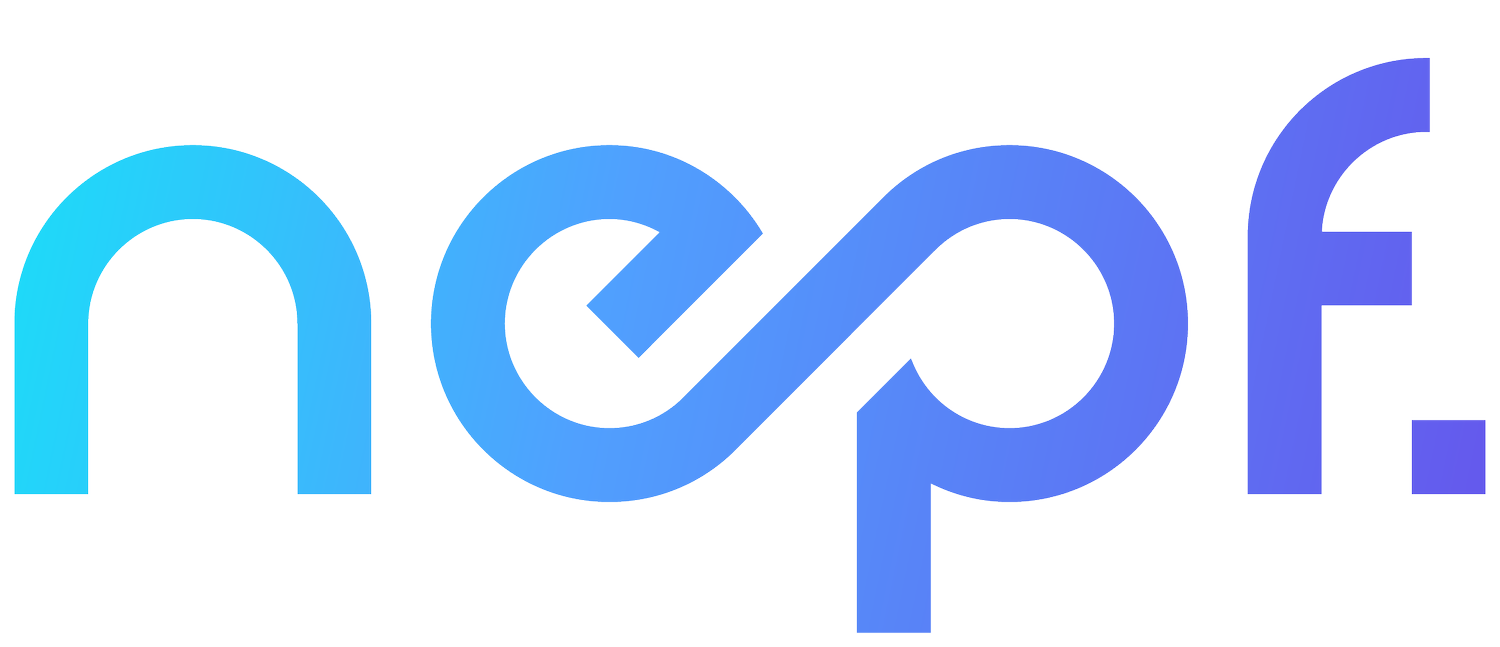From Surviving to Thriving: Empowering Your People to Embrace Imminent Change
Humanizing of the Change
Our world is flooded with greater degrees of uncertainty than ever before. Both personal and professional lives are being pervaded by unknowns: unanswered questions, unforeseeable outcomes, unchartered territories. Uncertainty is daunting, and as these changes persist, we can often be left with crippling fear and anxiety. While it may seem intimidating, upcoming changes will only continue to impact both our businesses and our employees in unprecedented ways. Some of us will soon re-enter the offices we hastily left many months ago, while others will continue to work remotely for the foreseeable – perhaps even indefinite – future. These imminent transformations will require our organizations to be more change-ready than ever before. As change practitioners, we know that leveraging the right change management tools in the face of disruption is the key to emerging better on the other side. As we continue to navigate upcoming changes, one thing remains more important than ever: your people. In speaking with our clients and myriad business professionals spanning a variety of industries and positions, we have found a strong thread of commonality: our personal struggles and triumphs that accompany change. As change continues, so will difficulties. But, as change continues, so will opportunities for personal and collective victories. So, how can you build a workforce that is ready to embrace change and augment success as we navigate the inevitable changes to come? Compiling our many years of change management experience with recent ethnographic research on current workplace dynamics, we have found 3 areas of focus that will be critical in building a foundation of embracing future change.
1. Seek to understand.
It is difficult to absorb organizational changes – be it technological, digital, cultural, etc. – when we also have vast, unaddressed, changes going on in our personal lives. As working conditions are changing by the day, we must continuously seek to understand and re-understand what this really means for our people (and for ourselves). Now that we have been working remotely for several months, we have had time to establish new habits and find what does or does not work well on both individual and collective levels. This is a time for your employees to advocate for themselves and to facilitate open dialogue that can expose misalignments across the organization. For example, while your team may have held daily 8:30am check-ins, many of your employees are now spending that time preparing children for online classes. Under these circumstances, being adaptable and pivoting to a 10am check-in time may provide a more productive meeting. We must facilitate an open dialogue on what is or isn’t working in order to establish the most productive ways of operating as we continue to shift our work environments. By understanding where everyone stands individually, we can build awareness and promote alignment as changes occur moving forward.
2. Turn dialogue into action.
When we understand how we are feeling about our individual environments, we are then able to develop an action plan best served to specific needs. In speaking with business professionals navigating recent workplace changes across all industries, a common and pervasive obstacle we have seen is a surplus of virtual meetings. While these meetings may be set with good intentions, the reality is that employees are beginning to experience fatigue, hindering them from performing their duties and staying engaged in their responsibilities. Subsequent to understanding employee needs, some companies have begun to establish ground rules such as “No Meeting Fridays,” to mitigate burnout and ensure employees' needs are heard. By opening up a dialogue and seeking to understand, then following this up with action, employees are more bought-in to their respective organizations and are increasingly likely to remain open to changes as they progress.
3. Let your people help lead the way.
A few months ago, it is likely that many of our leadership lines were more clearly demarcated by positions at tables or locations of physical offices within a building. Now, however, we are all sitting at the same metaphorical desk (or couch...maybe even floor). If welcomed, these unprecedented transitions can present the opportunity for new voices to be heard, collaboration to be augmented, and empowerment to be fostered. In asking our clients how they have continued to remain engaged throughout recent work transitions, it is those who have felt most involved and invested in the continuous changes who report feeling most optimistic in the face of uncertainty. Building organization-wide leadership capabilities is a critical step in creating a culture of change-readiness. In doing so, we can sustain buy-in, alignment, and a culture of trust that can help transform the idea of change from daunting to exciting.
Planning for the future.
There is no denying that COVID19 has thrust change and disruption into all aspects of our lives. While we may not know what the future holds, we know that changes will only continue to occur. We must now look beyond a singular disruption and ask ourselves: What does this mean for us moving forward? What is our desired state, and how can we utilize our resources to help us get there? Rather than trying to “get back to normal,” we must begin to focus on how we can use what we have to help our organizations build opportunities for the future. Our best resource is our people. As we progress through workplace transitions, it will become less about a specific methodology, and more about the mindset and readiness of our employees. Through seeking to understand, turning insights into action, and building organization-wide leaders, we can develop the capabilities for a change-ready workforce willing to embrace imminent changes to come.

